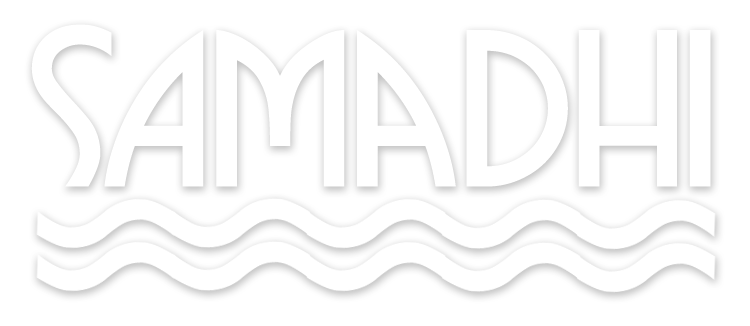Setting the Solution Temperature
You can have a far more comfortable tank than other floaters
Samadhi Tank is unique as a float tank manufacturer in focusing on how the tank functions, especially regarding the float experience. My favorite job in life is designing things, and both Lee and I love to float a lot and do so.
How correct the temperature is strongly influences our comfort. The temperature of the tank significantly influences the air quality experience - for example whether it feels stuffy. Do I need to repeat that for you to get it? Temperature affects the experience of the tank air quality.
There is a level of comfort available in a Samadhi Tank that is just not achievable to probably two thirds of the floaters in other tanks.
Most thermometers are not accurate. Accurate ones are certified as traceable to a reference thermometer from the National Institute of Standards and Technology. For more information, see http://www.nist.gov/pml/mercury_traceability.cfm. You can get from Samadhi a thermometer that is calibrated. It shows hand written on the back of the thermometer how much you need to add or subtract to get the accurate temperature (+ or - .2°F). Use this thermometer to set the temperature of the solution after the salt has been totally dissolved and the solution mixed well for several hours.
Directions for temperature controls with 1 sensor
- Take the temperature of the solution with the thermometer tip submersed at least 1°
- Add the value that is hand written on the thermometer to get the correct temperature.
- Calibrate the Digital Temperature Control (DTC) to this temperature. Calibrate by pressing the green circular double arrow button on the front of the control until it reads 1.CA in the bottom display (If you press it once more, it will go back to showing the temperature both in the upper and lower display.)
- When 1.CA or .CA is in the lower display put the value into the top display, using the up and down arrows, the number which when added to the temperature will result in the correct temperature being displayed. For example, if the DTC reads 93.3°F and the real temperature of the solution is 93.0°F, then put -.3 in as the value. Or if the DTC reads 92.9 and the solution temperature really is 93.0 then put in +.1.
- To return the control back to displaying the 2 temperatures, press the green circular button once.
- Adjust the set temperature such that when you take the solution temperature several days in a row with the thermometer, it oscillates around 93.2° It will vary some.
- If you do not have the optional floater comfort control, set the temperature at 93.6°
Directions for temperature controls with 2 sensor
- Take the temperature of the solution with the thermometer tip submersed at least 1°
- Add the value that is hand written on the thermometer to get the correct temperature.
- Calibrate the Digital Temperature Control (DTC) to this temperature.
- To calibrate hold the up and down arrows for 3 seconds until OPER is in the bottom display. Press the green circular double arrow button until it reads .CA in bottom display. (If you press the ? 3 times, it will go back to showing the both temperatures.)
- When 1.CA or .CA is in the lower put the value into the top, using the up and down arrows, the number which when added to the temperature will result in the correct temperature being displayed. For example, if the DTC reads 93.3°F and the real temperature of the solution is 93.0°F, then put -.3 in as the value. Or if the DTC reads 92.9 and the solution temperature really is 93.0 then put in +.1.
- To return the control back to displaying the 2 temperatures, press ? 3 times.
- Adjust the set temperature such that when you take the solution temperature several days in a row with the thermometer, it oscillates around 93.2°F. It will vary some.
- If you do not have the optional floater comfort control, set the temperature at 93.6°
